
Finding THE internship
On my 23rd birthday, November 14th, 2016, I was in my last year of Master’s degree. I opened Facebook (as usual) and saw a post on the TELECOM Nancy group about an internship offer at the National Institute of Standards & Technology (NIST) in the USA. I was immediately interested, without truly realising why, actually.
This was not the first time I heard about NIST. A month before that, I welcomed Martial, a former TN student, to our campus. As head of the student association, I was asked to show him around our “new” building (dated from 2007) and to help him retrieve the TN hoodie that he kindly ordered. I learned that Martial had been working at NIST since the late 90s and that he was the first one from TELECOM Nancy (ESIAL, at the time) to go there. In the following years, more students followed in his footsteps after hearing about NIST opportunities, to spend just a few years or for their whole career. Some of them are still there now! Martial can be seen as the root element that started the TN alumni network at NIST and we can be grateful to him for that! During our discussion, he explained what was NIST (back then, I didn’t recall hearing about it before), what were the working conditions there (salary, quality of life…), and how diverse and interesting were the research topics. I remember him mentioning how prestigious the place was seen in the US and bragging about his former interns now working at Google, YouTube or Twitch. I take this opportunity to highlight this event as yet another example of how getting involved in the associative life can help your career growth.
The 3rd year at TELECOM Nancy is not the most difficult one, but it revealed itself to be a bit stressful, especially when it comes to looking for the last-year internship. Although we might have a lot of options (service-providing companies flooding our job fairs), time flies and we are pressured to accept an offer after any interview (recruiters know that giving us time means letting us consider other options). At that time, I didn’t know that I could use maths to help me with this problem, so I used my gut feeling. Well, I also had somewhat of a plan: to get the most diverse experience from my internships during my time at TELECOM Nancy to try and see what I enjoy the most. I already spent my first two internships in the French private sector in two startups so the NIST opportunity (abroad in the public sector and in a large research lab) felt like a good match to fit my objective.
Some people say that one should choose carefully his last-year internship as it often leads to employment in the same company and would thus have a significant impact on his career. I find this opinion both true and false. On one side we, software engineers, are lucky to belong to an active field of work and we are able to switch to other IT domains quite easily if we want. On the other hand, I myself ended up quite impacted by my first choice as I still continue working in the same domain, mostly because I realised that I wanted to capitalise on my previous experiences and not start from scratch somewhere else. I know many people who continued working on the same domain as their last year internship and their major, and many who completely changed their career path, to the extent of leaving the software world. Everything is possible, everything is fine, so just keep in mind that you should be doing what makes you happy. While freshly graduated, and for the longest as possible, it’s also particularly important to bet on getting relevant experience compared to getting a high salary.
NIST, you said?
If like me at the time, you think that you never heard about NIST before, this might not be entirely true. I want to present a bit of what this research center is about, and share some fun facts and stories I discovered while working there.
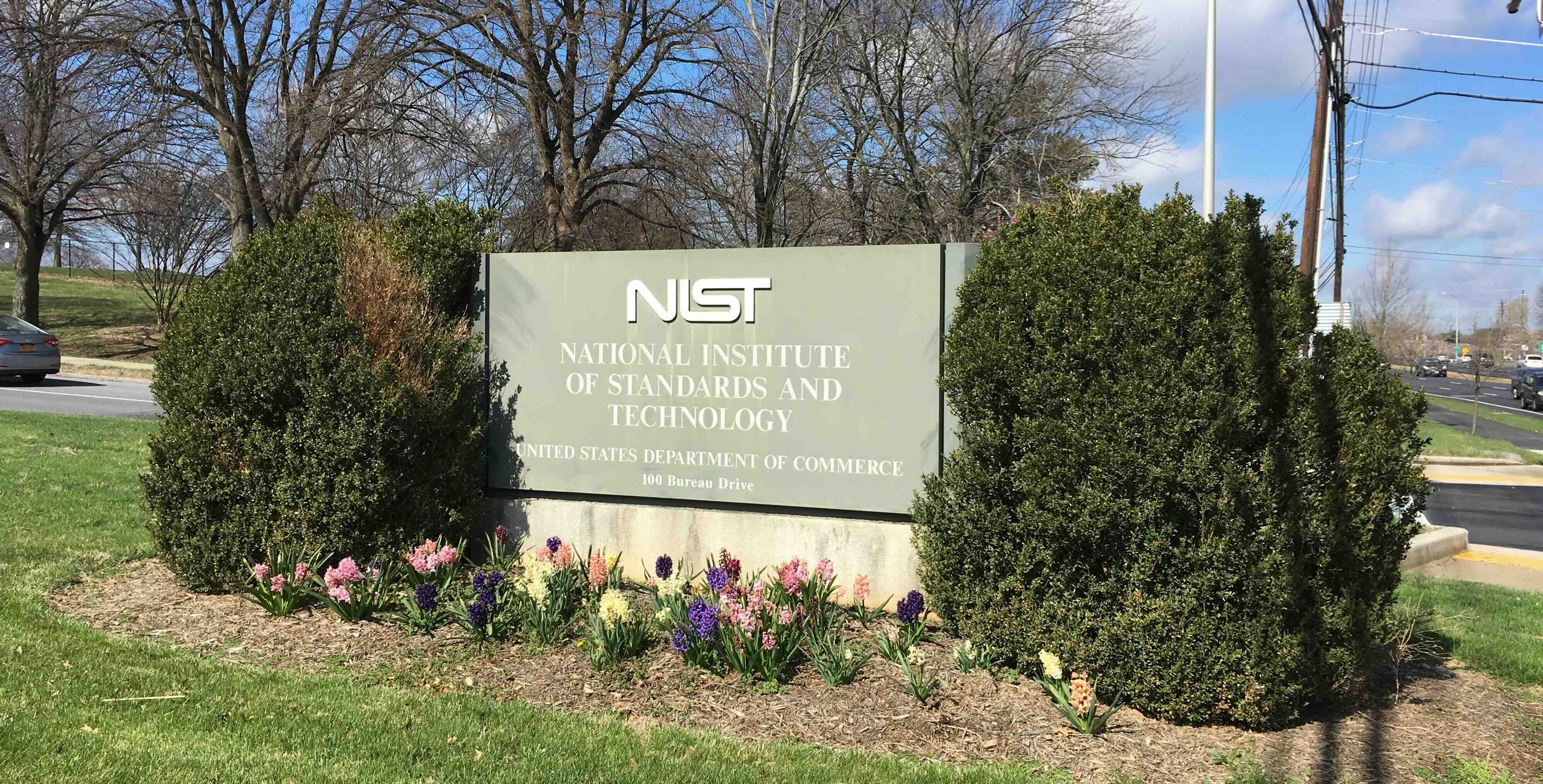
NIST was founded in 1901. For a while, it was called NBS for the National Bureau of Standards. So you guessed it, it’s a lot about standards and metrics. Whenever I present NIST, I find important to mention that it belongs to the Department of Commerce and for a good reason. Back in the beginning of the XX century, the American economy was suffering from a lack of standardisation: companies exchanging goods from one to another didn’t have a common measurement ground in many fields. You would buy 3 barrels of top-notch Jack Daniel’s whiskey or a cordage of 100 feet without getting more precisions about what a barrel or a foot exactly means (which often differed from one company to another). This motivated the creation of a Bureau for advancing technology, measurements and standardisation, which then extended to many other domains from fire departments, agriculture, electronics, physiques, optics and chemistry…
NIST has long played a major role in shepherding measurement standards such as the kilogram, the meter or the second, to name a few. Older definitions of these units were lacking levels of precision required by the ever-evolving industry. For example, the meter was once defined by the French Academy of Sciences as one ten-millionth of the arc spanning from the equator to the north pole through Paris. However, this definition was imprecise (inconvenient to measure, impacted by moving tectonic plates…) and at the same time, some industries needed to have reliable means of measurement for their business (the size of transistors in modern microchips now reaches levels below 10 nanometers). It was then redefined as a fraction of the speed of light, which is an absolute constant in the void. Time accuracy is also of utmost importance in our modern world. Applications relying on precise timing are everywhere: high-frequency trading, satellite positioning navigation and timing, quantum physic experiments… NIST builds and operates the most accurate atomic clocks for that purpose. Actually, if you check your time settings on your laptop, it’s likely that you come across “NIST Standard Time” as an option.
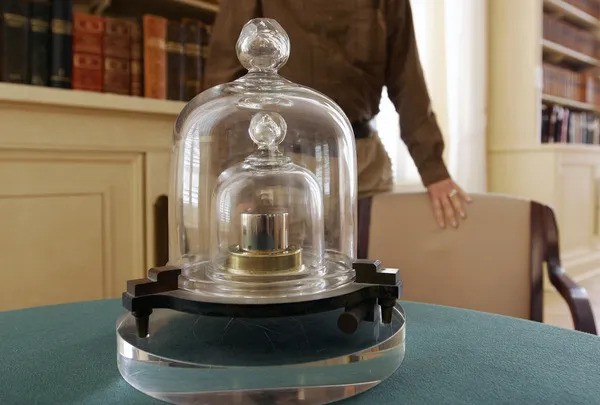
Apart from measurement standards, NIST is also involved in other standardisations, technical advancements, tool evaluation and regulation definitions. The red, orange and green colors used world-wide for traffic lights were initially selected by NIST (with scientific justifications), same goes for the yellow color of school buses in the US. In the software engineering field, I was super excited to see that major inventions were created in my corridor. Liz, a colleague from my section, was the dean of NIST at the time. She received a medal after 50 years of loyal service. In the 70s, she was part of the team establishing the SQL language, which is still used today for querying most databases.
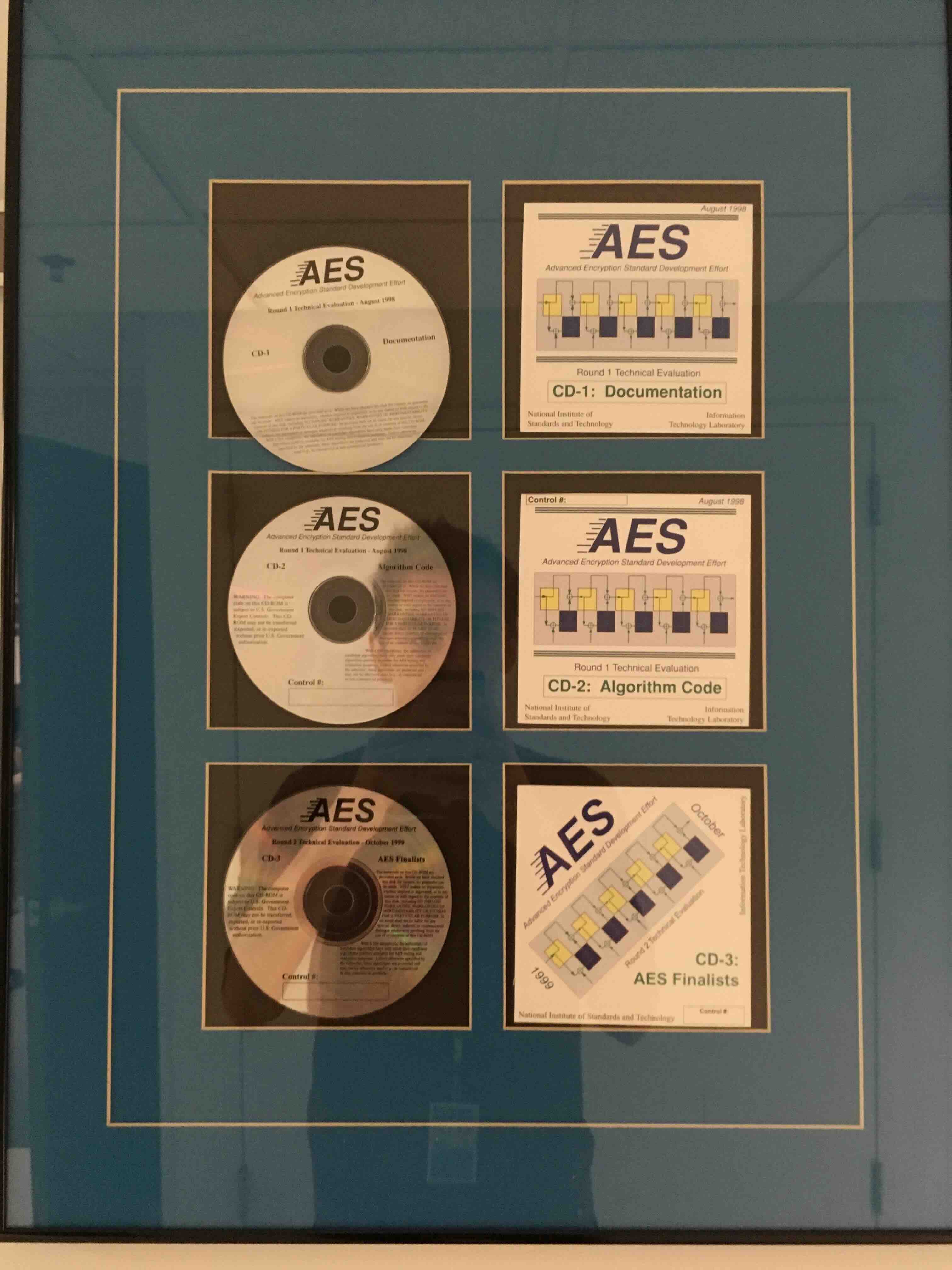
NIST is full of passionate scientists with amazing stories to listen to. 5 of them received a Nobel Prize while working there. It contributes to major changes in science and technology and is definitely an inspiring place where to work.


(Right) NIST also features a small museum with cool artefacts. Those ones made me think about my high school chemistry classes!
The picture I used for this blog post is one of Newton’s tree that was in the main canteen’s garden. The tree is a descendant of the one that inspired Sir Isaac Newton to formulate his theory of gravity. It was given by the Birtish government to NIST as a gift on some occasions. I tried to take an apple from it and perpetuate the family, sadly without success.
It’s not so difficult to join
Here I want to take a moment and discuss how such opportunities are accessible to anyone. I didn’t have good grades during college. I understood concepts quite easily but I was bad at reproducing or adapting to new problems (especially in maths-related topics). I had to retake final exams many times and even failed a whole year during my bachelor. It took me years to realise that grades were only one thing. That the school system (at least in France) does not value a lot of other qualities like soft skills, behavior, passion… However, my curiosity and involvement in the student life ended up being the main reasons for differentiating from others and getting this internship. Later on, this turned out to be true again and again.
Getting a visa for the US might feel challenging. It turned out to be wrong. As a public institution, NIST delivers government-level visas with some benefits (like skipping the line at the embassy or not taking part in a lottery). It also has a long-existing and well-defined process for guest researcher recruitment, facilitating the procedure. This is generally the case for large institutions (a small company might not know/have the lawyers to recruit you easily). The TELECOM Nancy and expat networks also made it easy to move to a new country (shared accommodations, selling cars to newcomers, introducing them to the way of living there, doing taxes together…).
When travelling, we also discover tips and tricks that many don’t know. The VIE (Volontariat International en Entreprise) is a program for French citizen between 18 and 28 years old. For up to 2 years, they can go on a mission and work for a company abroad while keeping the French health and pension benefits. It is a really good deal that I could take at NIST and I never miss an opportunity to tell to people to check it out.
Once there, I met a lot of colleagues coming from different countries across the world like Brazil, China, India and Burkina Faso to name a few. Many from Europe of course. NIST benefits from the so-called Guest Researchers as their salary are lower than what graduate American students would usually get. However, as foreigners, it is usually a good deal (I earned about twice as much as the average TN graduate salary), especially if we stay only for a few years (thus avoiding thinking about pension, medical costs, kids…).
We were 4 students to join from the class of 2017. The following year, after some advertisement, I was proud to welcome more than a dozen of newcomers from TELECOM Nancy. I advised many to directly contact divisions or sections’ heads to see if they had an open position. In several cases, they could choose between 2 or 3 options after a phone call. That’s how easy it can get.
Final words
Aside from work, I have to mention a few things. For me, crossing the ocean and living in a new country for more than 2 years was a big adventure. I never travelled that far before, even for vacation, and I always stayed in Lorraine for my studies. I am quite happy I had the courage to make that choice. Discovering a new country, with its culture, landscape, history and people is quite an experience. It was even more of an experience as I realised the strength of the education and medical system in France. A few things shocked me in the US, starting with the amount of (very) old people still working as they probably don’t have enough of a pension, if any. The cost of insurance, and medical expenses were also astonishing. Giving birth typically cost more than $20,000 without insurance. You can add $5,000 in case you need a C-section. Benefiting from the VIE, we had a French insurance covering us everywhere in the world, which was quite good (and free) compared to the US ones. However, the 75% coverage on hospital bills was not perfect. A friend of mine had surgery for appendicitis a week before going back to France for his Master’s thesis defence. It cost $12,000, so that was still $3,000 from his own pocket…
This experience, which I gathered while closely following the yellow jacket crisis in France, greatly contributed to opening my mind and realise that our French system, while not perfect, is far from being bad when compared to other countries. I also met a lot of Americans. They surprised me by their kindness most of the time, even when talking to strangers. I was also admiring the way they are proud of their country, which is not a common feeling in France. I guess there is a proper in-between to find there.
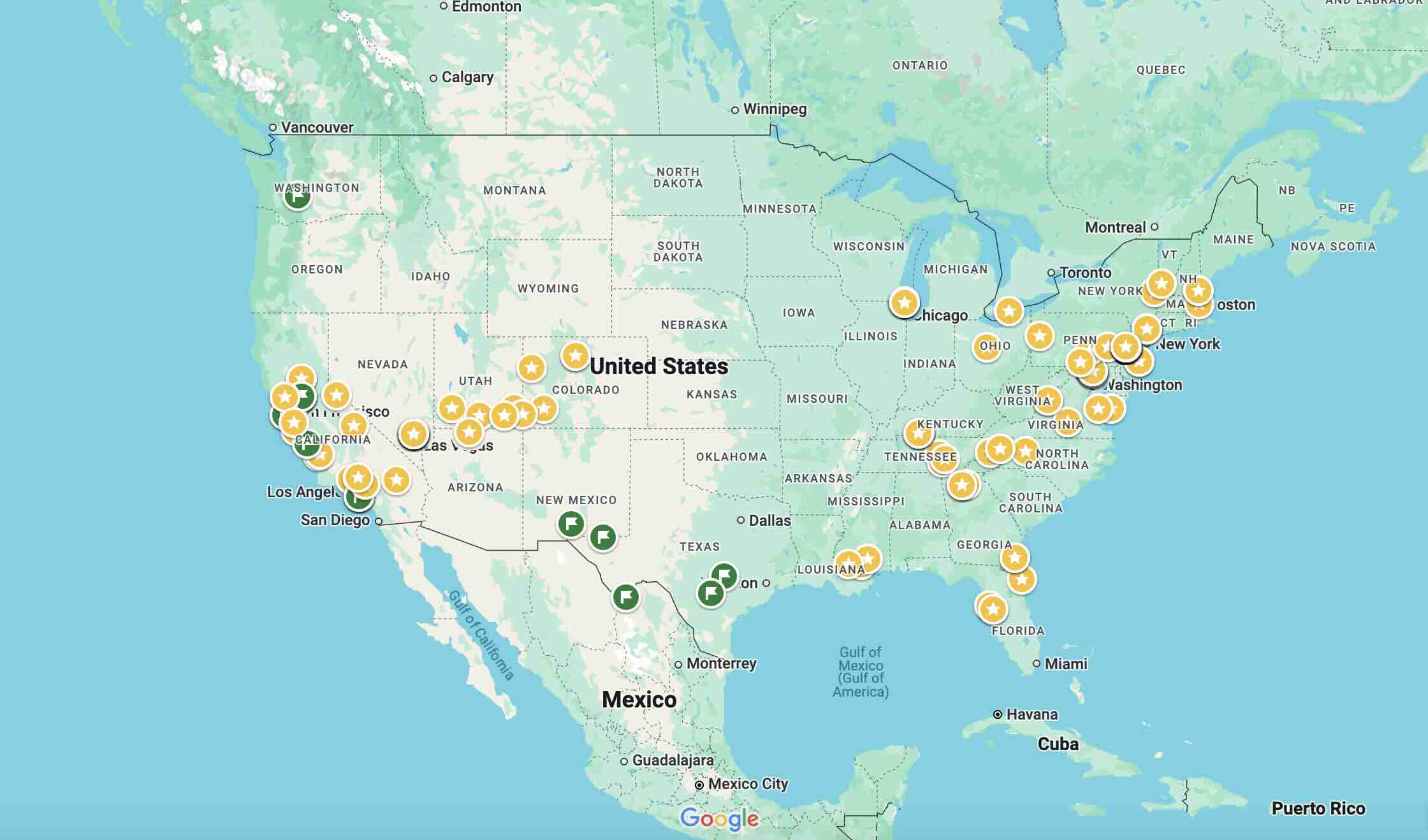
I share amazing memories with friends from TELECOM Nancy but also others that I met there. We had the opportunity to do several road trips across the two coasts. Notably, I drove to Chicago from Washington D.C. in one day (14 hours, crossing a time zone). Washington D.C. to Boston was also quite challenging. In comparison, going to New York City became a week-end trip (7 hours driving). Booking an Escape Camper Van and travelling across the big National Parks was the most amazing natural experience that I had so far.
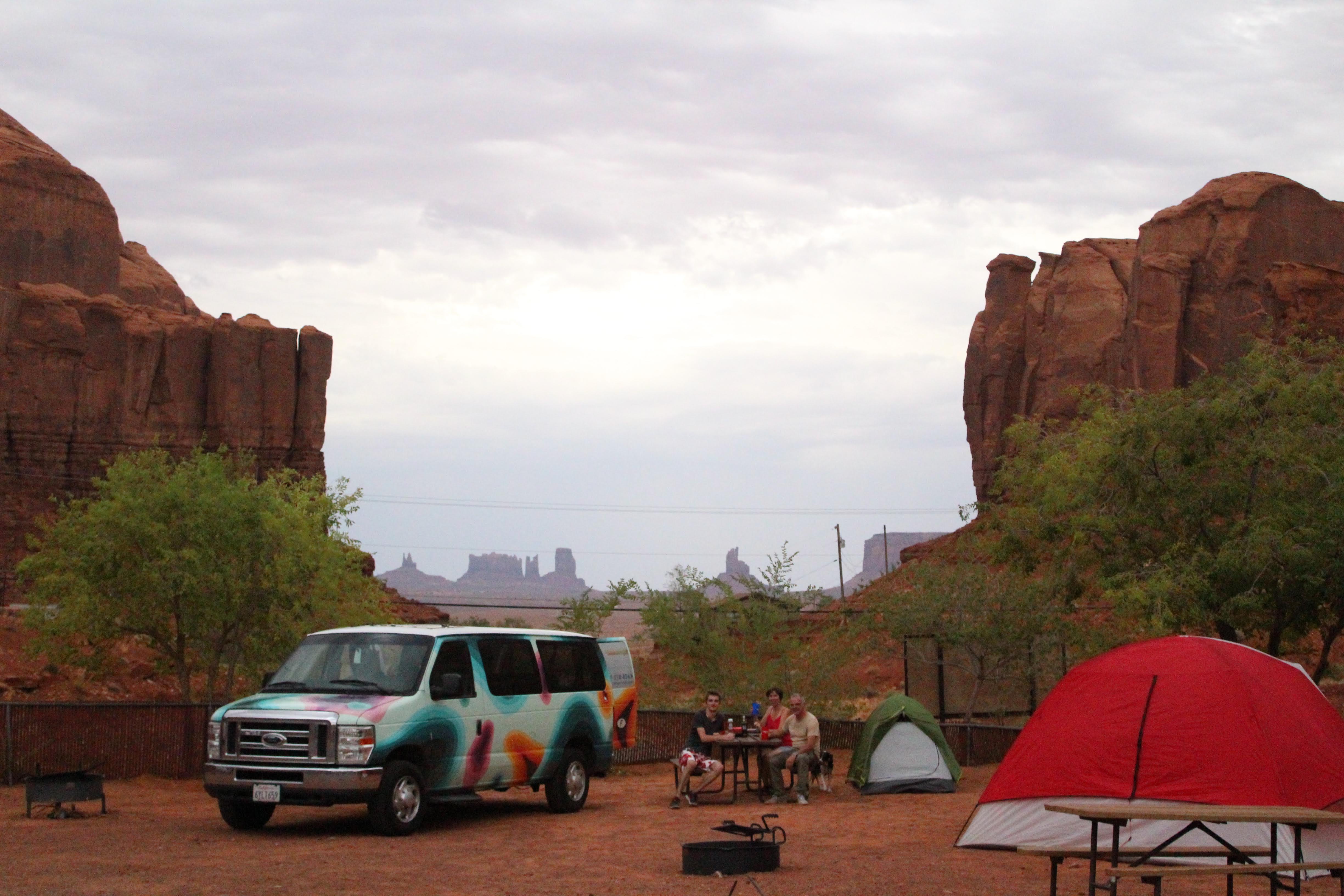
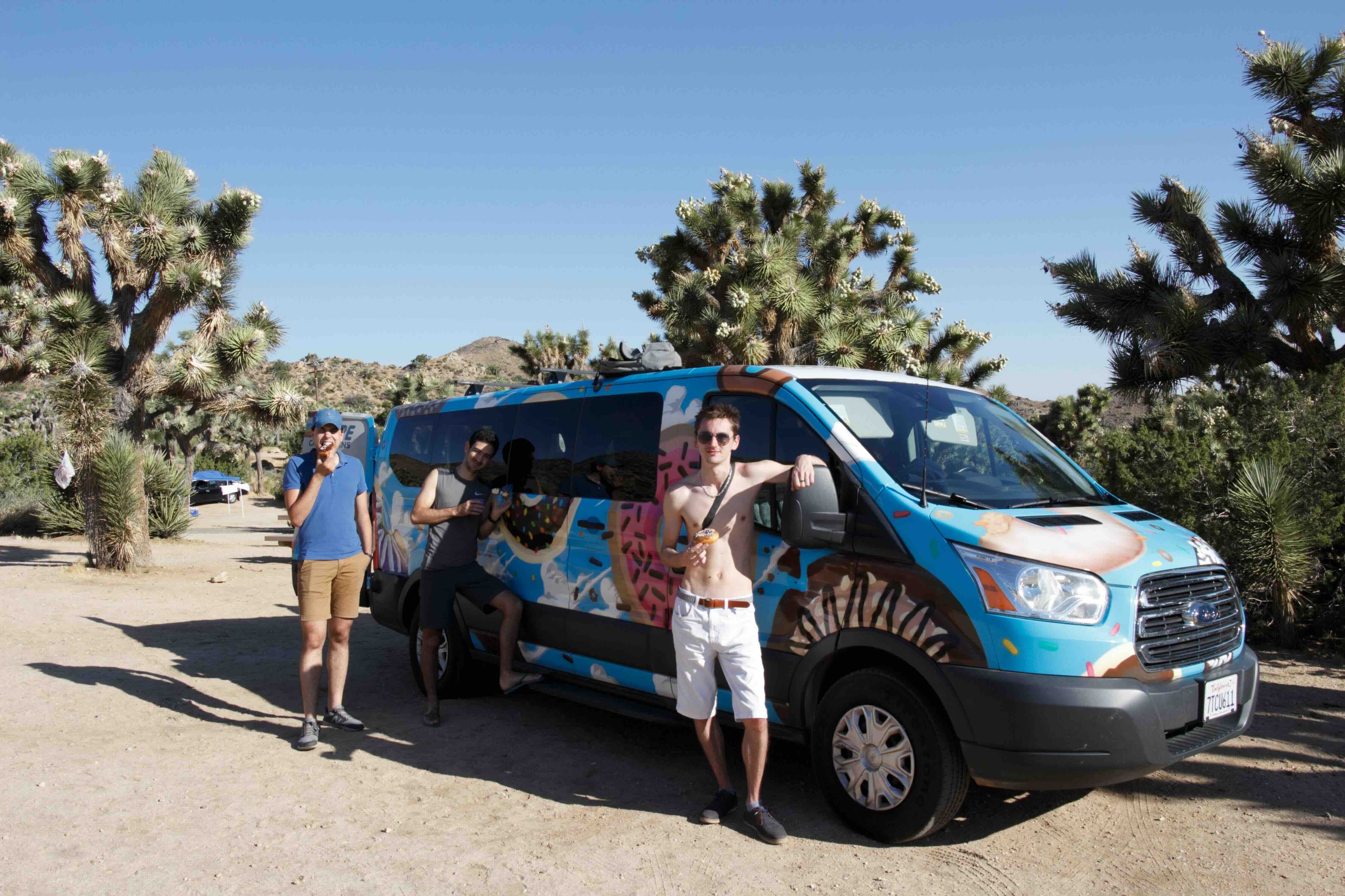
(Right) From Las Vegas, Nevada to San Francisco, California with my friends exploring Joshua Tree National Park.
5 years later, I will discover, during an interview for a job application, how well-received my experience at NIST was. I will also realise how little I knew about standards, and that I winked at myself in the introduction of my Master’s thesis when I mentioned Ariane 5’s maiden flight. But that story is for another post!
Twitter Facebook